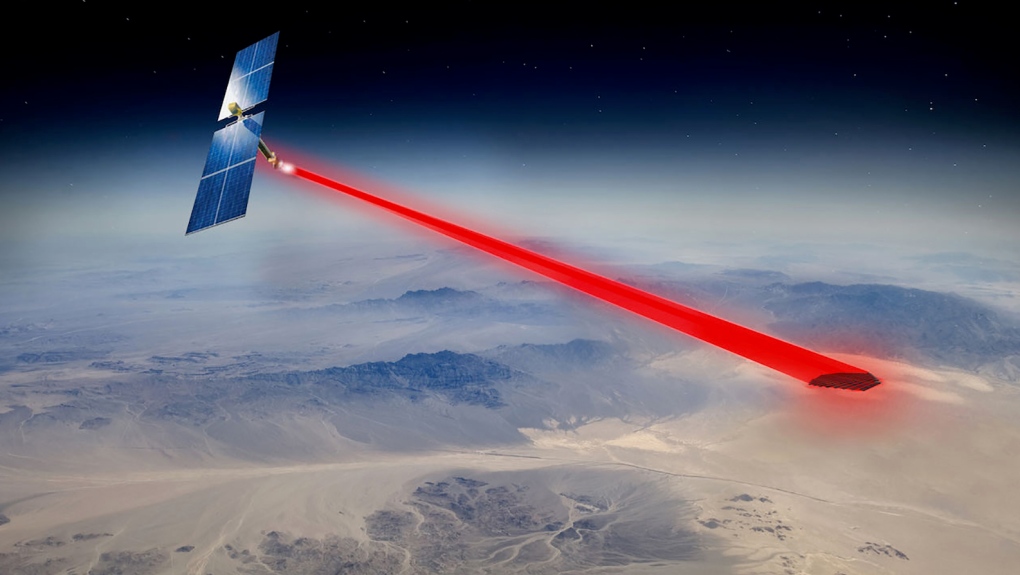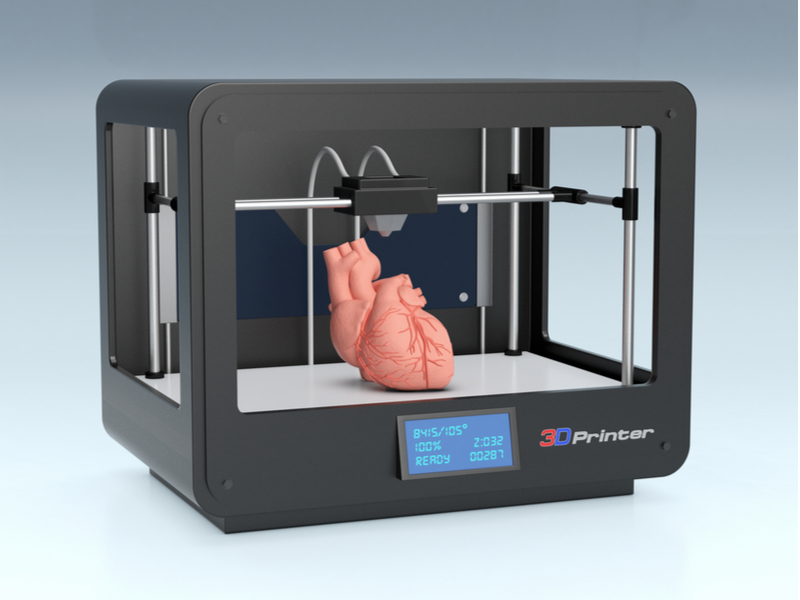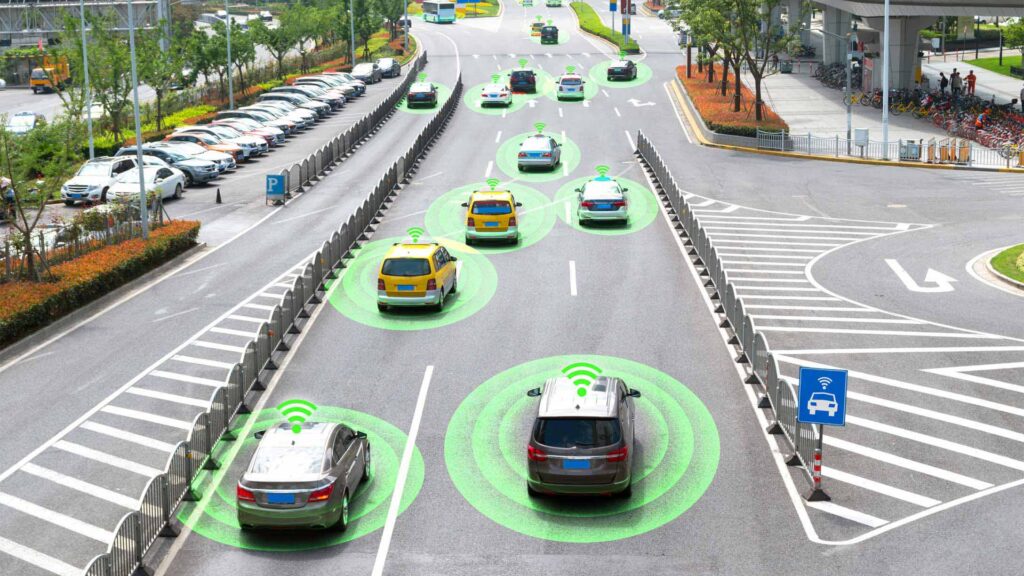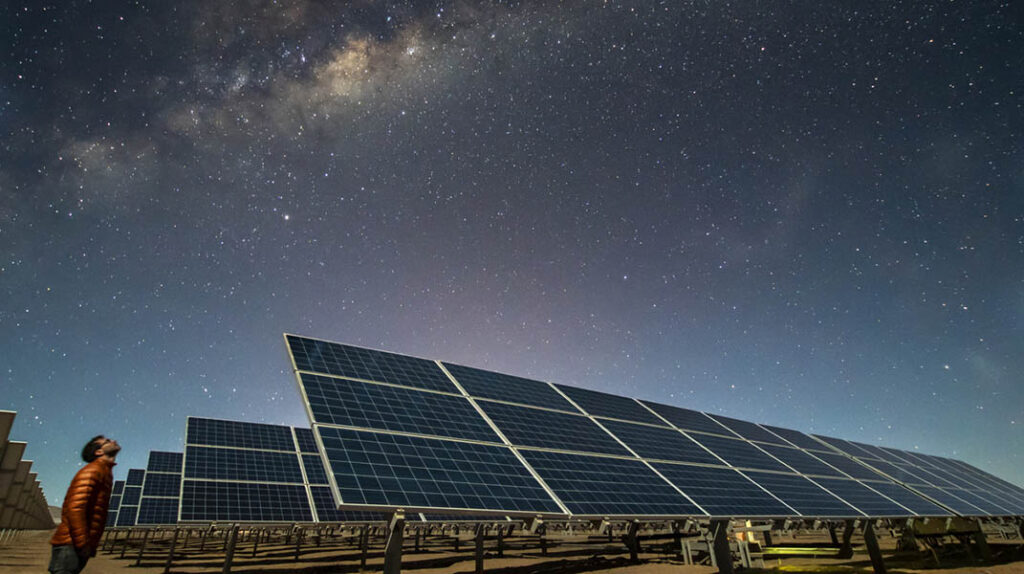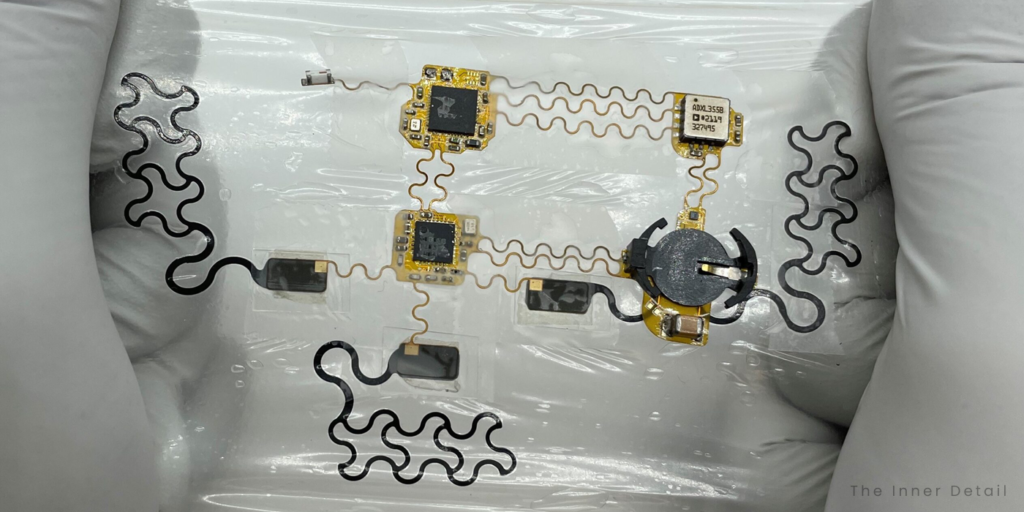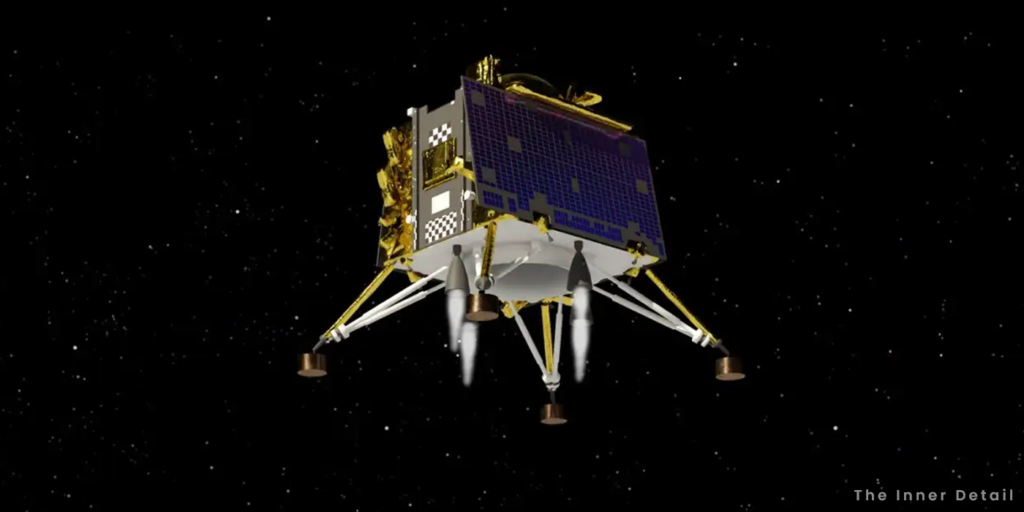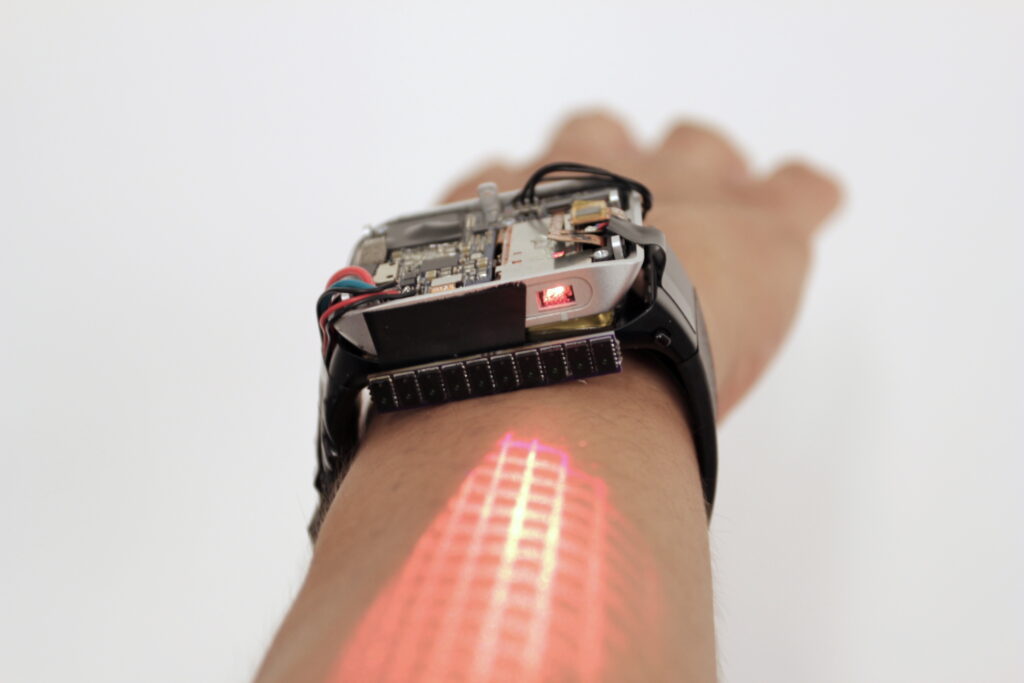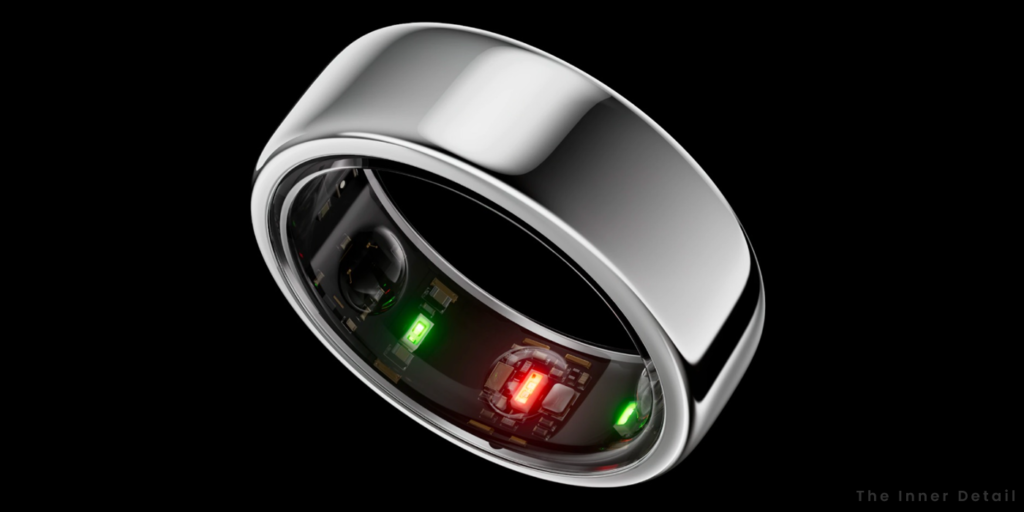Scientists are considering putting solar panels in space that might harvest the energy and send it back to earth wirelessly, thanks to science and technology.
Have you ever dig into the workings of a brilliant scientist, Nikola Tesla? Tesla, one of the reminiscent scientists, who envisioned the future, way ahead in late 1800s was paid no mind for his inventions. But, one of his proposals to transmit electricity wirelessly has now become possible after decades. Not kidding! Scientists have now tested to possibly harness solar power in space & send them back to anywhere on Earth, which may happen to be the future source of energy.
Solar Power Station in Space
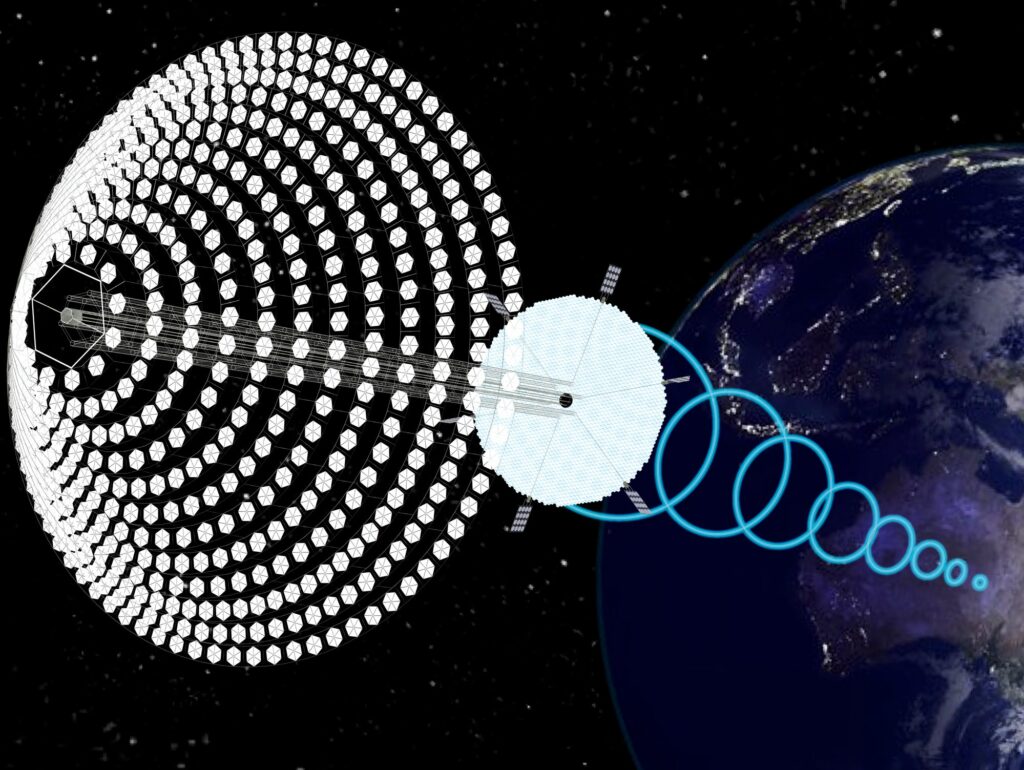
Scientists have successfully designed and tested a solar panel that sends electricity from space back to any point on Earth. The panel, called Photovoltaic Radiofrequency Antenna Module (PRAM), was first launched in May 2020, attached to the X-37B unmanned drone of Pentagon. The panel loops the earth for every 90 minutes. The prototype 12*12-inch panel, about the size of a pizza box, is capable of producing 10 watts of energy for transmission, enough to power a tablet/smartphone.
The project however envisions to scale up the power by incorporating arrays of dozens of panels. If the idea of ‘Solar Power Station’ becomes a reality source, it would probably be a revolutionary impact on earth, rewriting the electricity generation in earth. The beauty of this blueprint is its ability to beam electricity any remote corners of the earth, which can contribute a huge to the Earth’s grid networks. That is, if California demands power, the electricity is transmitted over there & if Sydney asks so, the request is fulfilled.
Science & Technology behind this
The core process behind the wireless electricity involves incorporation of two different technology, manufacturing the power station for space & converting the energy into microwaves, to make it viable for sending back to earth.
‘One pointing hindrance is hardware for space, which pushes the economic viability (cost) to surge & its cost is now gradually lowering,’ says Paul Jaffe, co-developer of the project.
This would where ‘space-manufacturing’ find opportunity, experts suggest. As it was possible to 3D print satellites in space, it would surely be possible to construct a power station in space.
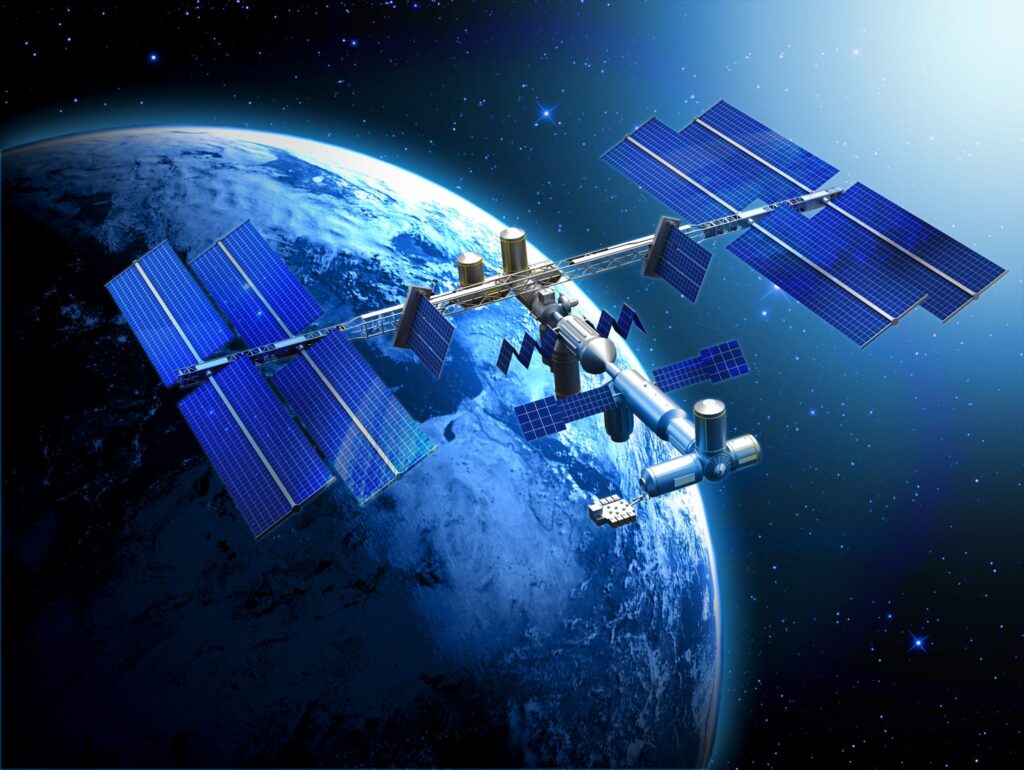
Also, building a single solar station aimed for an enough watts of power generation, asks for 10 sq.km, which can be compared to 1400 football pitches. Constructing it in space would be more convenient rather shifting a ready-made station to space, in this tech-era.
Beyond that, scientists will have to test sending the energy back to Earth. The panels would know precisely where to send the microwaves — and not accidentally fire it at the wrong target — using a technique called “retro-directive beam control.” This sends a pilot signal up from the destination antenna on Earth to the panels in space.
At first, the generated energy is converted to microwave beams and those beams would only be transmitted once the pilot signal was received, meaning the receiver was in place below and ready. The microwaves — which would easily be turned into electricity on Earth — could be sent to any point on the planet with a receiver, Jaffe said.

Related Posts
Benefits of Solar-panel in Space
As solar-panel fits in the low-earth’s orbit, it spends half of 90minutes loop in darkness, meaning in cold. Colder electronics are more efficient! However, scientists had successfully tested at warm temperatures to prove how efficient it would be, if it were revolving 36,000 kilometers from Earth. But how come the panel harness energy if it spends half of its time in darkness?
The fact that un-scattered sun-light above the earth’s atmosphere, including the blue waves is exploited to its best by the panel, which makes it more efficient over there than the sunlight on earth. “We’re getting a ton of extra sunlight in space just because of that,” said Paul Jaffe. This induces China to plan for a mega solar station supplying 2GW of power into Earth’s grid, under a project called ‘Omega’, which is really huge. Estimated calculation of generating that much power on Earth would require more than 6 million of solar panels.
The unique advantage the solar power satellites have over any other source of power is this global transmissibility,” Jaffe added.
Days are upgrading fast for the past years and what the topics people ignored, claiming it as impossible have been getting its birth nowadays. Solar panels in space is not futuristic anymore, as Caltech had already installed a prototype of Solar-farm in Space.
Following this, the solving of grandfather-paradox which was the prime block to time-travel can be taken as an example.
Read this: Virgin’s next level of transportation aiming for Space-tour
(For more such interesting informational, technology and innovation stuffs, keep reading The Inner Detail).
References:https://www.caltech.edu/about/news/space-based-solar-power-project-funded-46644https://edition.cnn.com/2021/02/23/americas/space-solar-energy-pentagon-science-scn-intl/index.html#:~:text=CNN%20exclusive%3A%20A%20solar%20panel,beamed%20to%20anywhere%20on%20Earth&text=An%20artist’s%20concept%20of%20a,to%20military%20and%20remote%20installations.https://www.bbc.com/future/article/20201126-the-solar-discs-that-could-beam-power-from-space
